Fixed Rates
30 yr
25 yr
20 yr
15 yr
10 yr
Compare Terms
Compare Rates
Real APR
Adjustable Rates
Qualification
Affordability
Renter Affordability
Rent vs Buy
Price per Square Foot
Jumbo
Home Sellers
 Canada Mortgage Calculator
Canada Mortgage CalculatorThis calculator figures out the core monthly principal and interest payments on a Canadian mortgage given a specific interest rate and loan term. When you enter the home price we will automatically calculate the minimum required down payment amount. Once you have entered your actual down payment amount we will calculate the required upfront insurance, the loan amount, and your monthly loan payments. You can create a printable amortization schedule using the button at the bottom of the calculator, though please note that after your rates reset after the introductory period your rates, actual monthly payments and amortization schedule will change to reflect changing market conditions.
This calculator is for the Canadian market. We also offer a US mortgage calculator and a UK mortgage calculator.
The following table shows how Canadian home buyers can calculate the minimum required downpayment on a home.
| Home Price | Minimum Required Downpayment |
|---|---|
| $500,000 or less | 5% of purchase price |
| $500,000 to $999,999 | 5% of first $500,000 & 10% for the remainder |
| $1,000,000 or more | 20% of purchase price |
The following table shows how Canadian home buyers can calculate the cost of insuring their home loan.
| Down Payment | CMHC Mortgage Insurance Fees |
|---|---|
| 5% to 9.99% | 4.0% of loan amount |
| 10% to 14.99% | 3.1% of loan amount |
| 15% to 19.99% | 2.8% of loan amount |
| 20% or more | Not required |
Guide published by Jose Abuyuan on January 21, 2021
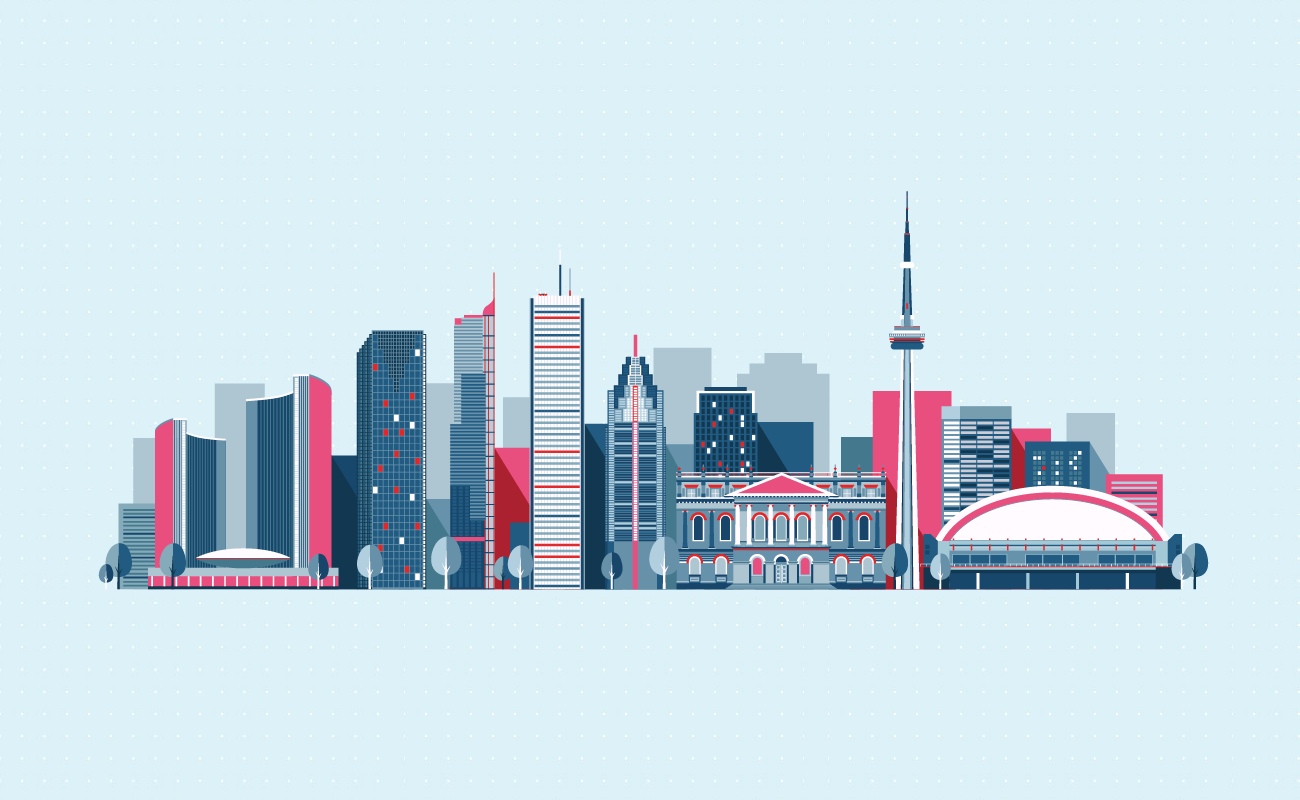
Prospective homebuyers in Canada face many unique challenges. High property values aren’t the only thing people prepare for. The mortgage market is often confusing for first-time buyers and foreign investors alike. And missteps can cost you a lot down the line.
To save money, you must find mortgage terms that serve your needs well. With a little knowledge, home buyers can navigate the home buying process with ease. The right moves can help you save thousands of dollars over the life of your mortgage.
Canada is a nation at a crossroads which shares its only land border with the United States. The two nations share many superficial similarities in culture and institutions. But Canada was under British rule for much longer than the United States. Thus, many Canadian institutions are a hybrid of influences from both the neighbouring U.S. and the distant U.K.
This is very clear in the way Canada structures its mortgages. Those familiar with both countries will find many parallels under different names. Moreover, Canadian mortgages also have features that are unmistakably local. Here are a few distinctions:
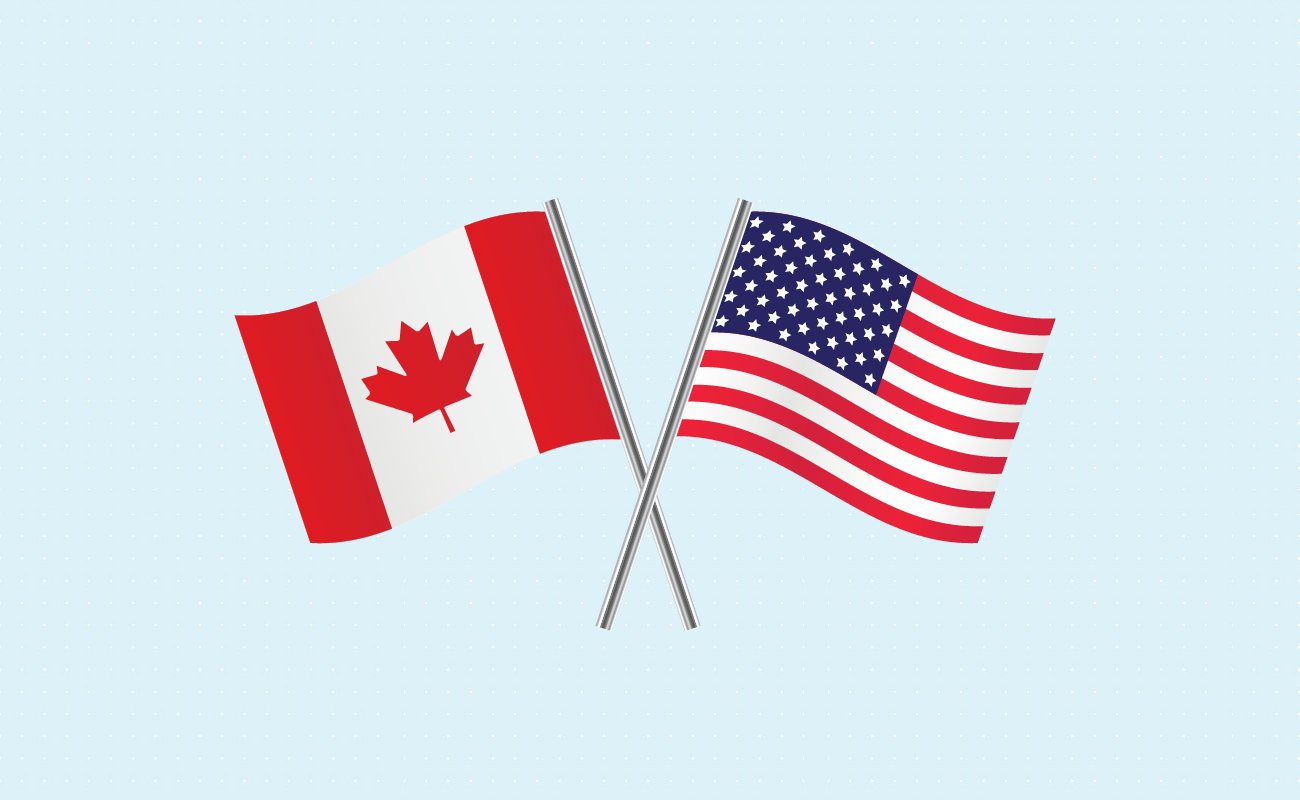
Mortgages in Canada and the U.S. share many similarities. Both countries use the term “down payment” to describe the amount the buyer pays out of pocket. Prospective home buyers can have their mortgages pre-approved to shop around for the best rates. Canadian and American home buyers both prefer fixed-rate mortgages. Lenders in both countries demand buyers cover the cost of insuring their mortgages.
On closer inspection, the differences are clearer:
| Category | Canadian Mortgages | U.S. Mortgages |
|---|---|---|
| Amortization | 25-year amortization periods are the standard. 30-year periods, while not unheard of, are rare. | 15 and 30-year amortization periods are the standard. The 30-year fixed-rate mortgage is the most popular variant. Though rare, it is possible in some states to amortize a property for 40 years. |
| Down Payments | Down payments are a universal requirement for all mortgages in Canada. The bigger the mortgage amount, the bigger the percentage needed as a down payment. | Most mortgages in the U.S. demand a down payment. There are a few government-backed mortgages that have no down payments, such as USDA loans and VA loans. These have special requirements to qualify for. |
| Tax Benefits | There are no tax benefits to home ownership in Canada. | American homeowners can deduct their mortgage interest in their tax returns. |
| Mortgage Insurance | Canadian buyers pay for mortgage default insurance as a lump sum. | Americans pay for private mortgage insurance as an extra charge on their monthly payments. By law, this charge lasts only until they own 22 percent of their home’s equity. |
| Terms | Fixed-rate terms last for only a part of the amortization period and must be renewed. The standard length of a term is five years. Not negotiating renewal with your lender may leave you with less than favourable terms. | The term of a fixed-rate mortgage lasts throughout its entire amortization period. |
| Renewal | The terms for a Canadian mortgage must be renewed after a specific period. Breaking a contract before renewal comes with a hefty penalty. | For most U.S. home buyers, mortgage renewals (refinancing) are optional. American borrowers only refinance to secure better rates and payment terms. More people refinance when general market rates are low. |
| Prepayment Penalties | Prepayment penalties can apply throughout a mortgage’s term. These can cost buyers thousands of dollars. | By law, prepayment penalties in the U.S. apply only to the first three years of the mortgage. Some mortgages do not have prepayment penalties at all. |
| Porting | Some mortgages in Canada can be ported. They are a debt to a person and are not tied to a property. Thus, they can be transferred between houses. | Mortgages in the U.S. are tied to the value of a home and are non-transferable. |
These differences reflect the varied ideological predisposition toward home ownership. The U.S. government endorses home ownership, and since the 1930s, Americans have often aspired to be homeowners. Mortgages evolved to follow suit. Government regulation allowed families from even lower income brackets to afford homes. Canada, meanwhile, does not focus on home ownership over other forms of housing.
Much like British homeowners, Canadian homeowners are far more susceptible to rate changes. Both countries have fixed-rate terms that must be renewed each year. This puts them at a disadvantage when rates go up. Likewise, this puts them at a good position when rates fall. Unlike their counterparts across the Atlantic, Canadian homeowners prefer fixed-rate mortgages.
Non-resident investors in general are afforded the same rights as Canadian buyers. A non-resident refers to foreigners who have lived in Canada for less than six months. One major distinction, however, is in down payments. Non-resident foreigners must pay a larger minimum down payment of 35 percent. Immigrant homebuyers who have lived in Canada within the last five years, on the other hand, may buy homes with a 5 percent minimum down payment.
The higher-than-usual down payments aren’t the only thing foreign investors need to worry about. In the Province of Ontario, the Non-Resident Speculation tax adds a 15 percent tax for non-permanent residents who bought housing in Toronto’s Greater Golden Horseshoe Area.
Getting pre-qualified is the key to buying a house within your range of affordability. Before you consider getting a mortgage, look closely at your own finances. Potential lenders will assess your creditworthiness by examining your finances with care. Be prepared to provide lenders with proof of your income and employment.
Besides your income, they will also look at your assets and debts. If you’ve got good cash flow, a lot of savings or fewer debts, you have a higher chance of approval.
Once you’ve received a pre-approval, you can compare offers from several lenders. A mortgage pre-approval locks in an interest rate offer from a lender for a brief time. Depending on the lender, it can range between 60 and 130 days. With this, you can shop around for other mortgages and look for homes within your budget. Once that’s done, you can receive your mortgage and seal the deal.
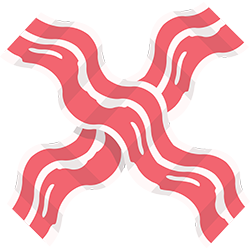
Lenders can reject your application even if you were pre-approved. The reasons can range from poor credit history to buying a house they do not believe you can afford. When this happens, talk to your lender and ask them about other options.

In Canada, terms and amortization periods are distinct. A fixed-rate mortgage will last only for a fraction of the amortization period. A term only lasts for a few years, usually five. The amortization period, meanwhile, refers to the entire span of time it takes to pay off the mortgage. The typical length of an amortization period is 25 years. Over that span of time, you may need to renegotiate your mortgage at least five times if you keep on taking a 5-year fixed-rate loan.
The minimum fixed-rate term is one year, and the longest available is around ten. The most common is five years, and with good reason. The longer the term, the higher the rate applied by the lender. A mortgage with a ten-year fixed-rate term often has a full percentage point higher than a five-year term. This translates to higher monthly payments and interest costs.
Knowing when your term ends is crucial to planning your mortgage payments. If terms are better, you can switch to a much lower rate. Canadians have the opportunity to renegotiate their mortgage at the end of each term. Sometimes, though, you might be tempted to renegotiate your mortgage sooner than anticipated.
Breaking the contract is sometimes necessary to maximize your savings. For instance, low interest rates may come by before your term ends. But breaking your mortgage contract too early comes with steep penalties. Unless the savings you make justify the penalty, this might not be the best move. If possible, wait until the end of your term to renegotiate your mortgage.
Rate is the percentage your lender charges for interest. The rate your lender will give varies, with most based on the prime rates set by the Bank of Canada, though the actual rate may be lower or higher.
In general, the longer the amortization period of the mortgage, the higher the rate will be. Other factors include your financial status and the size of your down payment. Rates can be fixed, variable, or some combination of the two. Each type offers several benefits and drawbacks to the homeowner.

Shop around for mortgage offers with the best rate. The lower the rate you get, the lower your monthly payments are. This way, you can also save thousands of dollars in interest.
Variable rates float according to prime rates set by the Bank of Canada. These go up and down each year. Posted rates offered by your lender are based on these prime rates. Because they fluctuate, these mortgages are less popular among buyers. If rates go up, so do your payments.
To hedge against increasing rates, you may ask your lender for a variable-rate mortgage with a rate cap. This provides you with some security against sudden changes in prime rates. You may also ask your lender if they offer conversions. This way, you can switch to a fixed-rate mortgage to lock in a lower rate. However, this may be a costly option.
Fixed rates stay the same for the duration of the term. These are popular with many buyers because they are easier to plan around. Your mortgage payment stays the same through the entirety of your term. This also means that you are not at the mercy of fluctuating rates. Even if the prime rates go up nationwide, your mortgage payments remain unaffected.
However, fixed-rate mortgages often have higher rates. The longer the fixed term, the higher the interest rate. Moreover, if you locked in a higher rate, you can’t switch to a lower one without breaking your contract. Fixed-rate mortgages are more ideal for people who want to settle down and live in one place.

Ask your lender if they can offer you discounted rates. These are lower than posted rates and can save you thousands of dollars on interest charges.
Hybrid (or combination) mortgages combine the features of both variable and fixed-interest mortgages. Part of your interest is fixed, whereas another part is variable. This option lets you have the best of both worlds. The fixed interest rate helps you hedge against rate hikes. Meanwhile, the variable interest rate lets you take advantage of declining rates when prime rates fall.
However, the hybrid mortgages make switching between lenders more complicated. The terms for each rate type may be different, which may be a problem if you intend to change lenders in the future.
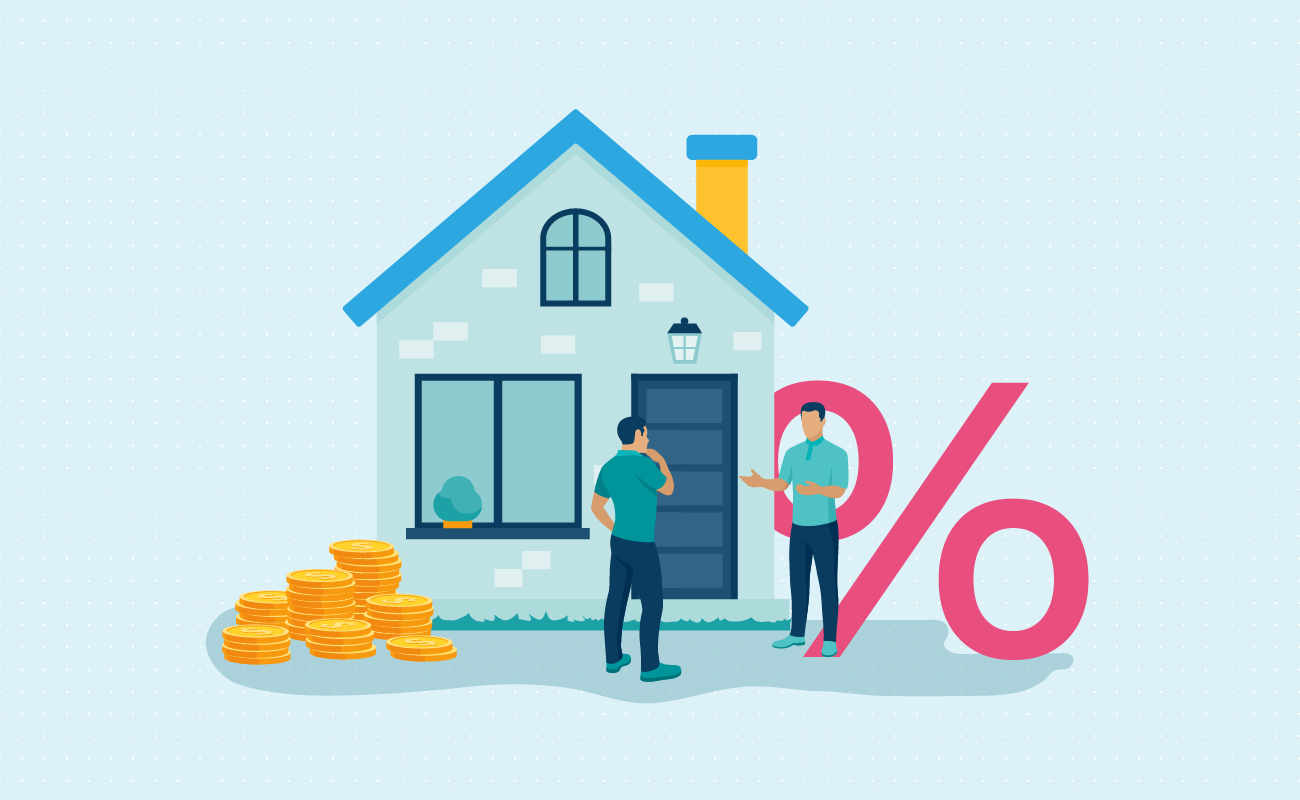
Mortgage rates in Canada follow a semi-annual compounding schedule. This means that interest is calculated twice a year or every six months. Thus, Canadian homebuyers have a lower interest cost compared to US homebuyers.
The frequency with which you pay your mortgage affects how much you can save. Payment schedules can be set according to four main options:
| Schedule | Frequency | Payments Per Year |
|---|---|---|
| Monthly | 1 payment per month | 12 |
| Semi-Monthly | 2 payments per month | 24 |
| Biweekly | 1 payment every two weeks | 26 |
| Weekly | 1 payment each week | 52 |
Canadian lenders sometimes let you choose accelerated payments from the onset. These schedules can help you pay off your mortgage balance faster.
Of these, the monthly payment schedule is the standard. For many, a monthly schedule provides a neat system to fit mortgages into the budget. To calculate your payment, divide your monthly payment according to the following formulae:
| Schedule | Calculation |
|---|---|
| Semi-Monthly | monthly payment / 2 |
| Biweekly | monthly payment x 12 / 26 |
| Weekly | monthly payment x 12 / 52 |
| Accelerated Biweekly | monthly payment / 2 |
| Accelerated Weekly | monthly payment / 4 |
This system does have its drawbacks. The semi-annual system makes calculating interest rates for monthly payments much more complex. Your interest payments are based on a monthly rate derived from an effective annual rate (EAR). This is often higher than your posted rate, the rate you were advertised. Your monthly rate, meanwhile, is lower than both.
To derive your EAR, use this formula:
EAR = (1 + i/n)n -1
Where:
i = quoted rate
n = number of periods
Your monthly rate must equal your EAR when compounded each month. Use this formula to find your monthly rate:
rM = [(1 + EAR)1/n – 1] x 12
Where :
rM = monthly rate
The compounding periods in these two formulas vary. The number of periods used to derive the EAR is 2. Meanwhile, the number used to derive monthly rates is 12. If you follow a different payment schedule (weekly, biweekly), swap 12 for the number of payments you would make each year.
Let’s see this in action. Suppose your quoted rate was 3 percent. Here’s what your rates would be in practice:
EAR = (1 + 0.03 / 2)^2 – 1
EAR = (1 + 0.015)^2 – 1 |
EAR = (1.015)^2 – 1
EAR = 1.030225 – 1
EAR = 0.030225
Thus, your EAR is 3.02 percent. Now, let’s see what your monthly rate would be:
rM = [(1 + 0.030225) ^ 1/12] x 12
rM = [(1.030225) ^ 1/12] x 12
rM = [1.002484517 – 1] x 12
rM = 0.002484517 x 12
rM = 0.02981420
To reach your EAR, your monthly interest rate would be at 2.98 percent.
Mortgages don’t only vary according to their interest rate. Lenders in Canada offer mortgages with different terms of flexibility. Many buyers don’t plan on keeping their homes forever. Thus, breaking the terms to a 25-year amortization period might become costly. The right mortgage can help you save money based on how long you plan to stay at your home.
Open and closed mortgages refer to how much prepayment amount the lender allows. An open mortgage has fewer limits to the extra payments you can make. If you choose this, you shouldn’t have a lot of problems if you choose to pay off your entire mortgage early. Closed mortgages, meanwhile, have a limited prepayment privilege. A few closed mortgages may not have any prepayment privileges at all. Paying more than this limit will lead to penalties.
The caveat is in monthly payments. Open mortgages have much higher rates and are thus harder on the pocket. These two mortgage options are best suited for different types of homeowners:
| Choose Closed Mortgages If… | Choose Open Mortgages If… |
|---|---|
| You prefer lower mortgage payments. | You make ample money to make consistent extra payments on your mortgage. |
| You plan to stay in your home long-term. | You plan on selling your home soon. |
| Your lender’s terms let you make a reasonable amount of extra payments. | You plan on paying off your entire mortgage early. |
One of the best ways to save on mortgages is through prepayment. Making consistent extra payments reduces your principal balance much faster. This helps reduce your interest costs and shortens the time it takes to pay off your mortgage. However, prepayment comes with its own challenges. Paying a mortgage before it is due costs lenders their profits. Thus, they often penalise borrowers for paying too early.
Prepayment penalties are an endemic part of closed mortgages. Besides extra payments, these penalties also apply toward the following conditions:
How these penalties are calculated vary between lenders. These may be calculated based on the amount you paid extra and the remaining time within a term. Payments are usually derived from the higher of these two numbers:
Choosing an open mortgage is a good way to avoid prepayment penalties. However, if you believe that a closed mortgage is cheaper, there are ways to reduce or avoid these costs. For starters, ask potential lenders if they offer prepayment privileges. These let you make penalty-free extra payments toward your mortgage up to a limit. Penalties only apply toward any payment in excess of this privilege.
These privileges can vary between lenders. Check your terms and conditions to find out how high your prepayment privileges go. Take full advantage of this amount and not a dollar more. If you must make lump sum extra payments, schedule them at the end of your mortgage’s term. You can also avoid prepayment penalties when you port your mortgage to a new home.
Ask your lender if your mortgage is portable. Porting a mortgage lets you carry over your mortgage from one property to the next. Restrictions may apply depending on the lender. If you ever decide to sell your home, your entire mortgage and its balance will be used to pay for the next home.
If your new home is more expensive than the last one, you must take out another to cover the difference. Meanwhile, you risk penalties if your new home costs less than your old one.
You may also assume a mortgage. In essence, this involves picking up where the last borrower left off. You inherit the entire mortgage, including the rates, terms, and current balance, once you buy the house. In Canada, the majority of assumable mortgages have fixed rates. Meanwhile, variable-rate mortgages are almost never assumable.
Assuming a mortgage can be a boon for both buyer and seller. In a high-rate environment, a buyer might not qualify for a low-enough rate. Meanwhile, a seller might want to move to a less expensive home but might be put off by the penalty costs. As a compromise, the buyer can assume the seller’s mortgage and carry on.
Lenders must approve the buyer before the sale can move forward. They may also add extra charges to the mortgage itself. Transfer details, including fees, can often be found in your mortgage’s contract.

In some provinces, the seller might still be liable for the property long after the transfer is complete. If your buyer defaults on their mortgage, your original lender might ask you to resume payments on their behalf.
Mortgages are secured by a property such as real estate. Lenders register a charge in the name of the home buyer for their homes to back the mortgage. With the standard charge, your home backs the mortgage. Meanwhile, a collateral charge backs both the mortgage and a home equity line of credit (HELOC).
Collateral charges can often be registered at an amount higher than your mortgage. This lets you borrow money on top of your mortgage balance. You can use this for many purposes, such as for home improvement and emergency expenses. When you take one out, you need only to pay the costs of the line of credit based on what you borrow.
When buying a home, you must pay for part of that price by yourself. This down payment represents the part of the property you own outright. The size of your down payment influences the size of your mortgage in more ways than one. The more you pay up front, the smaller your mortgage will be.
Moreover, prospective homeowners in Canada must pay a minimum required down payment. The size of this minimum down payment depends on the price of the property:
| Price | Minimum Required Down |
|---|---|
| Below $500,000 | 5% |
| $500,000 – $999,999 | 5% for the first $500,000 and 10% for any amount over $500,000 |
| $1,000,000 | 20% |
In general, it pays to have as high a down payment as you can afford out of pocket. Owning a greater part of your home at the onset has many financial advantages. First off, it gives you a bigger head start toward paying down your mortgage. A smaller mortgage means smaller monthly payments, lower interest rates, and bigger savings.

Your lender may still demand mortgage default insurance if you are self-employed or have poor credit history. This applies even if you have otherwise paid 20 percent or more as down payment.
If you don’t pay at least 20 percent, you’ll need mortgage default insurance. Despite its name, it should not be confused with mortgage protection insurance coverage. Mortgage default insurance protects the lender at the buyer’s expense. You gain no benefit by paying for it. The costs of this coverage could instead be added to your down payment.
The Canadian Mortgage and Housing Corporation (CMHC) calculates your mortgage insurance payments based on a percentage of your balance. This in turn is based on the proportional size of your down payment.
| Down Payment | CMHC Mortgage Default Insurance |
|---|---|
| 5% to 9.99% | 4.0% of loan amount |
| 10% to 14.99% | 3.1% of loan amount |
| 15% to 19.99% | 2.8% of loan amount |
| 20% or more | Not required |
Once you’ve paid for your home, the process of turnover has yet to begin. Your home must be discharged before it can finally be called yours. The process is similar throughout the country. However, the details, such as document requirements, can vary between provinces and territories.
For starters, your lender confirms that you have paid off your balance in full. You must then send the pertinent documents to your local land registry office. This will remove any rights your lender has to your home. You will receive an updated land title to reflect this change.
By law, lenders in Canada can begin the foreclosure process as soon as you miss at least one of your payments. In practice, they seldom do. In Canada, foreclosures are expensive proceedings that will cost your lender dearly. Thus, it is often a matter of last resort. Lenders prefer to compromise when you miss many payments. Your lender would rather defer your mortgage payments until you can resume them.
Moreover, foreclosure itself may not lead to the loss of your home if you act on it fast enough. Do nothing, however, and losing your home is all but guaranteed.
Most foreclosures in Canada begin as lawsuits. The lender files a statement of claim that you must respond within 20 days. Once this lapses, your lender will declare you in default. Either way, you will face your lenders in court. They would have filed several statements, including a remedy. Unless the judge declares you not in default, they would issue an order.
Often the order is a redemption order, which involves paying the overdue sum to your lender. This term, which is usually six months long, can work to your advantage if you act fast. Once you’ve paid off this amount, the foreclosure process stops.
If you do not pay, then the court will issue an order to foreclose and an order to sell. The title of the home transfers back to the lender. They may then sell the new property. Once the new buyer has finalized their paperwork, you must vacate the house in 30 days.
Canadian Homeowners can keep their homes if they file an assignment in bankruptcy. The key lies in home equity. If your home’s equity is at least equal to the value of your mortgage balance, you can keep your home and mortgage. Sometimes, you might also be allowed to keep your home with less equity. But to keep your home, you must pay the amount equal to what the home is worth in your bankruptcy estate. You can do this either by pledging monthly payments or borrowing money. Some lenders provide bankruptcy mortgages for this purpose.
Many former homeowners who faced bankruptcy ask if they could buy a home after they’ve gone bankrupt. Many households that have gone bankrupt cannot afford a new mortgage. For them, the question is moot. Meanwhile, people who have recovered from bankruptcy may apply for a new mortgage.
Once you’ve re-established your credit, you can file a new mortgage application. This can take anywhere between 18 months to 2 years after being discharged from bankruptcy.

If you kept up your payments, you can renew your mortgage without issue after bankruptcy. Many lenders would rather renew your mortgage than foreclose and sell at a loss.
Let’s see all this in action. We’ll assume you bought a modest home worth $400,000. Your lender grants you a stated interest rate of 3 percent. The mortgage’s amortization period is 25 years. You paid a full 20 percent down payment. Using our calculator above, let’s see how much this home would cost:
Home Price: $400,000.00
Minimum Required Down Payment: $20,000.00 (5%)
Down Payment: $80,000.00 (20%)
Rate (Posted Rate): 3%
Amortization: 25 years
| Category | Value (20% Down) |
|---|---|
| Mortgage Balance | $320,000.00 |
| Mortgage Default Insurance | 0 |
| Monthly Mortgage Payment | $1,514.39 |
| Total Payments | $454,315.68 |
| Total Interest Paid | $134,315.68 |
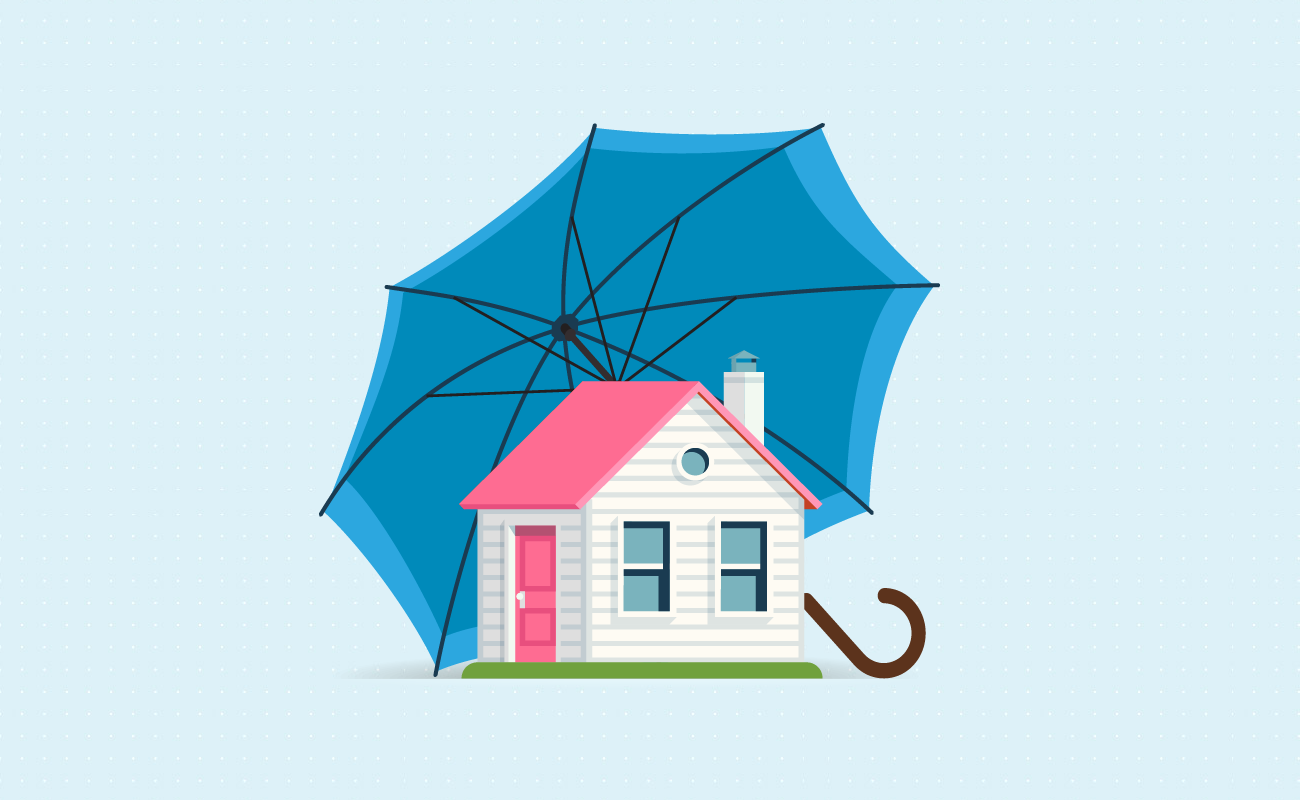
As the COVID-19 pandemic demonstrated, major disasters and other unforeseen events can lurk just around the corner. It never hurts to be prepared, especially in the event of a disaster that harms your ability to meet your monthly payments. Although marked as optional, mortgage protection insurance is invaluable to safeguard your investment.
Mortgage protection insurance pays for your monthly mortgage payments when you can’t. This is often marketed by lenders and brokers. They add the premiums of mortgage protection insurance to your monthly payments. Mortgage protection covers events such as unemployment due to injury or chronic illness.
The coverage pays for the monthly mortgage payments for a set period. Some providers give coverage that lasts up to 24 months. In that span of time, you can recover and look for alternate means of employment. This buffer is invaluable in times of economic volatility.
Jumping into the housing bandwagon seems tempting when the rates are low. Not so fast. Getting a mortgage is a big fiscal responsibility. Before you start house hunting, be sure you can fit a mortgage comfortably within your budget. Make savings and debt reduction your first major goals.
Examine your budget with care. Learn where you can cut back to accommodate your mortgage payments. If you can, see if you can make room for extra payments. The little you contribute today can help you save money on your mortgage.
One of the best ways to begin is by working on your debts. Consider making extra payments toward some of your debts to clear them off faster. Clearing debts one at a time not only improves your credit history. It also helps bolster your cash flow and helps increase your savings. The extra cash flow can help you plan a larger budget for your monthly mortgage payments.
Aim for the biggest down payment you can afford. By paying at least 20 percent, you’ve eliminated your mortgage default insurance. You also build up more equity in your home from the onset, which can help you over time. You should also save up to cover closing and moving costs.
Once you’ve bought the house, continue saving. Having savings on hand can help you cover mortgage payments and other bills in the event of disaster. Check out our guide on our savings calculator.
Jose Abuyuan is a web content writer, fictionist, and digital artist hailing from Las Piñas City. He is a graduate of Communication and Media Studies at San Beda College Alabang, who took his internship in the weekly news magazine the Philippines Graphic. He has authored works professionally for over a decade.